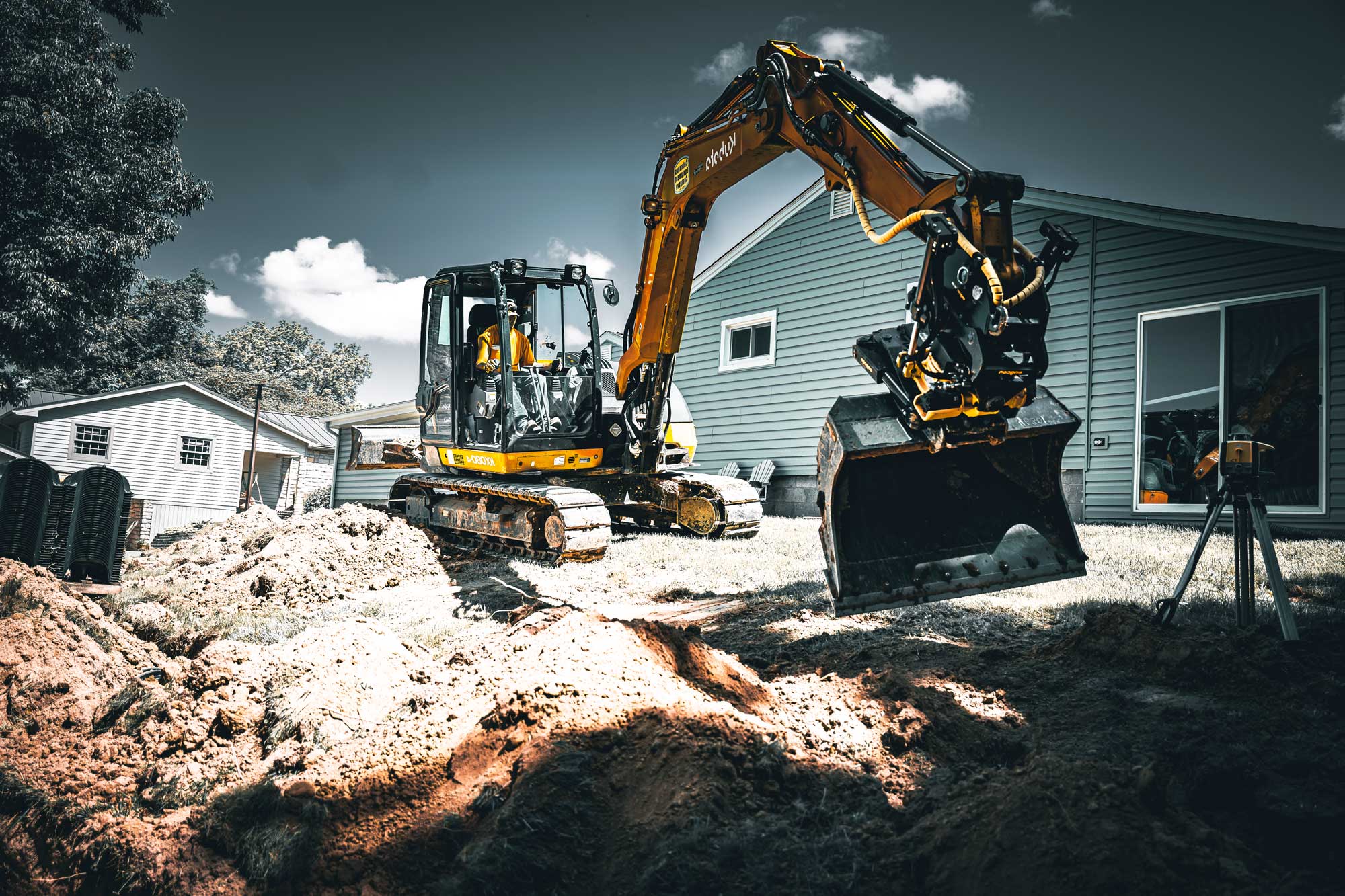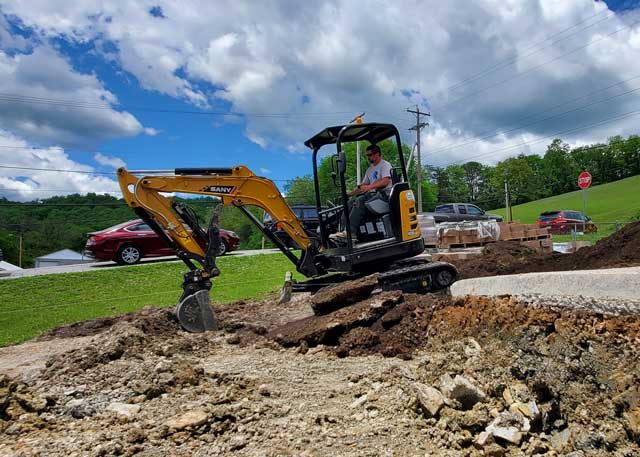Unveiling the Art of Excavation: Pro Tips for Safe and Productive Excavating
As dirt is turned and planet is relocated, the complexities of excavation disclose themselves, demanding a keen understanding of tools, soil make-up, security methods, and environmental considerations. The know-how needed to browse these elements successfully can mean the difference between an effective excavation task and a possible catastrophe.
Relevance of Appropriate Devices
To make sure the safety and security and effectiveness of any type of excavation project, making use of the ideal tools is extremely important. Excavation projects vary in scope and complexity, ranging from small domestic landscape design work to large building and construction tasks.
Excavators are fundamental pieces of machinery in any type of digging procedure. These flexible makers can be found in numerous sizes to match various task demands. Miniature excavators are optimal for smaller tasks, while bigger excavators take on extra extensive jobs efficiently. Backhoes are an additional important equipment type, incorporating the features of a loader and an excavator in one equipment. They are useful for jobs calling for adaptability and maneuverability.
Bulldozers succeed in jobs that call for pressing large amounts of dirt or debris. By investing in the appropriate equipment, excavation projects can be completed safely, on time, and with accuracy.
Comprehending Dirt Composition
A thorough grasp of soil structure is basic for executing excavation projects with precision and safety and security. Understanding the different types of dirt is vital as it straight impacts excavation techniques, devices choice, and total task efficiency. Soil make-up commonly includes four major components: sand, silt, clay, and raw material. Each element has unique properties that influence exactly how soil reacts to excavation procedures.
Sand particles are the largest and offer good drainage but supply little communication. Silt bits are smaller sized than sand yet bigger than clay, using moderate drainage and cohesion. Clay bits are the tiniest and offer high cohesion however inadequate drainage. Organic issue, such as decaying plant product, influences dirt fertility and security.
Before commencing excavation, carrying out soil tests to determine its composition and characteristics is vital. This info aids in selecting the suitable tools, executing security actions, and creating excavation strategies tailored to the specific dirt problems - lancaster trenching. By recognizing soil make-up, excavation specialists can improve task outcomes while guaranteeing safety and security and adherence to ideal methods
Safety Procedures and Procedures
Comprehending dirt composition is the keystone whereupon safety and security actions and methods for excavation jobs are built, making certain the wellness of workers and the success of the go to my site venture. There are numerous vital measures that should be executed to alleviate dangers and stop mishaps. when it comes to security during excavation.
Firstly, before any type of excavating commences, a thorough evaluation click here now of the website need to be conducted to determine any potential hazards such as underground energies, unsteady dirt conditions, or nearby frameworks that could pose a risk. It is vital to have a proficient person supervise the excavation procedure to make certain that all security procedures are followed purely.
In addition, all employees included in the excavation must be appropriately educated in safe digging techniques and the correct procedure of tools. By adhering to these safety and security procedures and protocols, excavation projects can be completed efficiently and without incident.
Effective Excavation Preparation
When beginning on an excavation task, precise planning is important to ensure effectiveness, safety, and successful end results. Reliable excavation preparation entails numerous key actions that are important for the smooth implementation of the project.
When the website assessment is total, the following action is to produce a clear timeline and routine for the excavation activities. This includes establishing the series of tasks, devices requirements, and manpower appropriation. Proper scheduling aids stay clear of delays and makes certain that the task stays on track.

Moreover, communication amongst all group participants is extremely important throughout the preparation phase. Clear directives, normal updates, and effective control are essential for an effective excavation task. By investing time and initiative in careful planning, excavation teams can dramatically improve productivity, lessen dangers, and attain effective outcomes.

Managing Ecological Considerations
With enhancing focus on ecological sustainability in construction techniques, handling ecological considerations has actually ended up being a crucial aspect of excavation jobs. Excavation tasks have the go to my site potential to affect the surrounding atmosphere with dirt disintegration, debris overflow, habitat interruption, and contamination of water resources. To alleviate these dangers, it is important to execute finest practices that prioritize ecological security.

Additionally, correct waste monitoring is vital to stop soil and water contamination. Carrying out treatments for the disposal of harmful products, recycling of waste materials, and reducing the usage of dangerous chemicals can considerably reduce the ecological impact of excavation projects. By integrating these methods into excavation preparation and execution, construction companies can make certain that their jobs are not just secure and effective yet also eco responsible.
Verdict
To conclude, understanding the art of excavation requires an extensive understanding of correct equipment, soil composition, precaution, and efficient planning. By adhering to these standards and thinking about environmental elements, excavations can be conducted securely and efficiently. It is vital to prioritize security and productivity in every digging task to guarantee successful results.
As dirt is turned and earth is moved, the complexities of excavation expose themselves, requiring a keen understanding of tools, soil make-up, security protocols, and ecological considerations.To make sure the safety and security and performance of any excavation job, using the appropriate tools is critical.An extensive grasp of dirt structure is essential for implementing excavation projects with accuracy and safety. Recognizing the different types of dirt is vital as it directly affects excavation approaches, devices option, and total job effectiveness. By understanding dirt make-up, excavation specialists can enhance task end results while making sure safety and security and adherence to ideal practices.